In pursuing carbon neutrality, carbon is our enemy, not the internal combustion engine. That was what Toyota president Akio Toyoda said at the Japan Automobile Manufacturers Association (JAMA) press conference earlier this month.
Toyoda, who is also chairman of JAMA, was talking about carbon neutrality, the approach of governments as well as the impact of phasing out the internal combustion engine (ICE) for electric vehicles (EVs). The Toyota boss defended the Japanese auto industry and its CO2 reduction record, and called for a wider view in the mission of achieving carbon neutrality.
He also – in polite words – urged Japan’s leaders not to blindly follow the European model when it comes to EV adoption. Strong views from Japan’s most prominent auto exec, and these quotes and graphics are via the carmaker’s official mouthpiece Toyota Times.
“As COP26 approaches in November, representatives from each country have pledged various targets. To reach these goals, some have targeted cars, which is just one last process of CO2 emissions, and moved toward restricting some available options,” he started, referring to the 2021 United Nations Climate Change Conference that will be held in Scotland in late October.
“In pursuing carbon neutrality, carbon is our enemy, not the internal combustion engine. To reduce carbon, I believe there should be practical and sustainable solutions that fit the circumstances of each country and region,” Toyoda said, adding that as an early proponent of electrified vehicles (via hybrids), Japan’s auto industry has been able to cut CO2 emissions by 23% over the past 20 years, a very high level by international standards (see charts below).
“What we need to do over the next several years is to leverage the technological advantages that we have built up and take immediate steps to maximise CO2 reductions using the electrified vehicles we have now. Any leeway that cars are able to generate in the process may allow to put more time and resources towards technological innovation in other industries.
“Based on that thinking, I believe that exploring options which fit with our country’s circumstances is both a practical and fundamentally Japanese approach,” he stressed.
These views are consistent with Toyota’s keep all powertrain options open approach, as opposed to the many carmakers who are now betting the whole house on EVs, so to speak. Governments, led by Europe (who let’s not forget, until very recently championed the now pariah diesel engine) have been pushing the auto industry in the direction of EVs, creating deadlines for the phasing out of ICE.
“The Japanese government has determined various targets, likely with the upcoming COP26 in mind, but first of all it is just targets that they show us, and second of all, the targets seem to be based on how policies are discussed in Europe, not on the particular situation in Japan. That is why I would like to ask for your understanding that the paths to carbon neutrality differ in each country,” Toyoda said.
Climate change is a popular cause these days, and politicians around the world are championing the green agenda. Japanese politicians aren’t excluded, and some have took aim at ICE and manufacturing. The JAMA chairman hit back.
“The Liberal Democratic Party’s presidential election is looming. Some politicians have previously claimed that all cars should simply be battery electric vehicles, or that manufacturing is an old legacy. To these points, I disagree.
“It’s easy to dismiss efforts by saying that our present course holds no future. But I believe that in order to protect the lives and livelihoods of Japanese people, we need to create a future that builds on the efforts of those who came before, as well as those of us living in the present – to ensure that the course we have charted has a future,” he said.
The Toyota boss pointed out that the topic of carbon neutrality is closely tied to employment – the auto industry employs 5.5 million people in Japan, 10% of the country’s workforce, and it exports 70 trillion yen of products annually, which is 20% of all goods heading out of the export-driven country. At stake here is the “lives and livelihoods of Japanese people,” he said.
“If ICE are referred to as the enemy in the battle of carbon neutrality, we wouldn’t be able to produce most of our vehicles. In our estimate, non-ICE vehicles (BEVs and FCEVs) will not reach two million units even in 2030, so in that case, vehicle production of more than eight million units would be lost.
“If that happens, even in the automotive industry that increased 120,000 jobs during the Covid-19 pandemic last year, we might lose the vast majority of our 5.5 million jobs. I would like policy makers to understand this point when addressing the environmental issue moving forward this year,” he explained.
Saying what he said, it can lead to one assuming that Toyota and the Japanese car industry is opposing change to maintain status quo, but Toyoda insists that it’s not the case. “Please note that we are not disagreeing on the goal of becoming carbon neutral. It is the automotive industry’s unwavering commitment to fully cooperate with the government in addressing global warming and CO2 emissions reduction. Let me make sure of that point,” he stressed.
Toyoda also revealed some JAMA initiatives towards the goal of carbon neutrality, as well as engagement with the government.
“JAMA is working towards carbon neutrality by drawing on our country’s strength in offering a full lineup of electrified vehicles. Establishing task forces based on the specialties of member companies, we have identified the challenges and engaged in discussions with relevant government agencies. Each company is also speeding up efforts to expand technology options through new partnerships and practical trials.
“Clarifying these challenges and timelines can spur action on various fronts. That is why, next month, we plan to present the challenges related to energy, which is the starting point towards carbon neutrality, from the automotive industry’s perspectives, with a focus on practicality and sustainability,” he said.
The Japanese auto industry isn’t shirking from the challenge; instead, it wants to be a “pacemaker” in the country’s journey towards carbon neutrality. “The CO2 emissions by the transportation sector may only account for 18% among all sectors in Japan. However, the automotive industry has real products made in collaboration with many other industries. That’s why I believe focusing on the automotive industry can clarify the challenges and timelines of carbon neutrality.
“This is exactly about wanting to be a pacemaker in pursuing carbon neutrality as we have often explained before. We will present what I just described in more detail next month, so please look forward to it until then,” Toyoda said.
Interesting views from Toyota and Japan’s perspective that’s likely to be quite unique in today’s auto industry, which feels a bit like “EV or nothing”. There are two counterpoints not raised here. Some studies show that the materials needed to make EV batteries could account for a larger share of total greenhouse gas emissions than those from a car’s tailpipes, which everyone focuses on.
Also, while EVs themselves are zero emissions on the move, the electricity that powers them might not be so. It will be fully clean from well to wheel, if the source of electricity is renewable. Examples are power generated from biomass, water, wind or solar. On the opposite end is power from coal.
At Toyota’s annual shareholder meeting in June, director Shigeki Terashi said that when looking at reducing carbon emissions, there’s one school of thought that says we should focus on EVs, but “we’re choosing to look at the whole lifecycle,” including production, use and scrapping-related emissions.
Toyota has always seen hydrogen as the future of driving. Hydrogen is an element that’s abundant in the environment and fuel cell electric vehicles (FCEV) like the Mirai – now in its second generation – emit nothing but water. Toyota is even experimenting a hydrogen engine, which is like an internal combustion engine, but powered by hydrogen instead of petrol. This tech is currently being proven in Japan’s Super Taikyu race series and Toyoda himself has had a stint behind the wheel under his “Morizo” racing alter ego.
At one point, Toyota looked like it was skipping EVs to concentrate on FCEVs (while hybrids hold the fort), but the EV wave is too strong to ignore. The big T has been making up for lost time by partnering with battery manufacturers and EV specialists to get up to speed. Premium brand Lexus has already confirmed three EVs through 2025, and the production version of the Toyota bZ4X Concept will surface next year.
In the meantime, Toyota will have to continue to battle perception that it’s a laggard in electric. In a study from earlier this year, European campaign group Transport and Environment placed Toyota last among 10 major brands in Europe in terms of readiness in making the transition to electric by the end of the decade. Hardcore environmentalists in the US are even calling for people to boycott Toyota for allegedly using its money and influence to slow down EV progress!
Click on the links in the story for further reading. What’s your view on this?
The post Carbon is our enemy, not ICE – Akio Toyoda urges Japan to not follow Europe’s EV model blindly appeared first on Paul Tan's Automotive News.

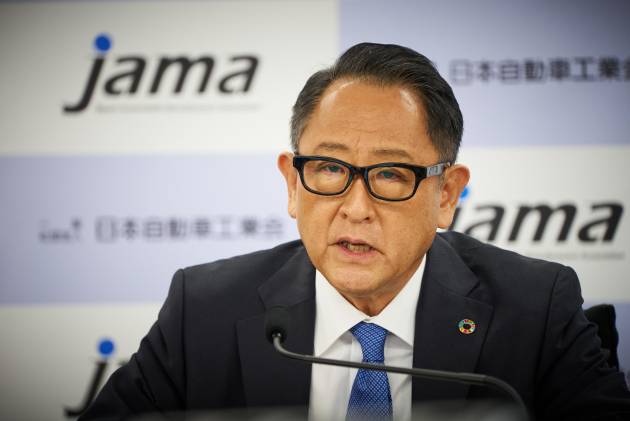
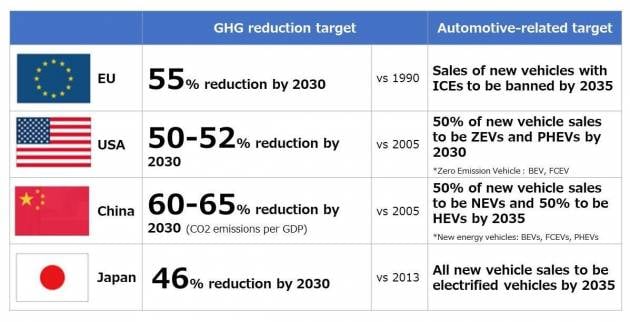
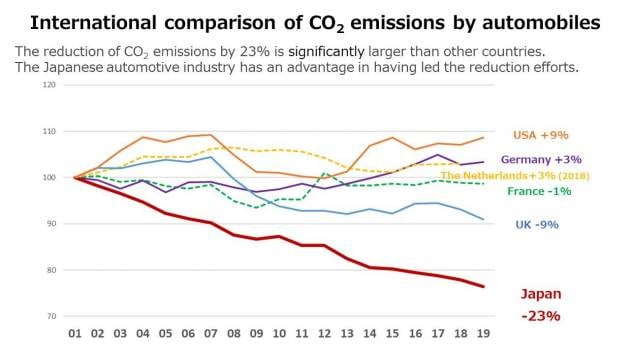
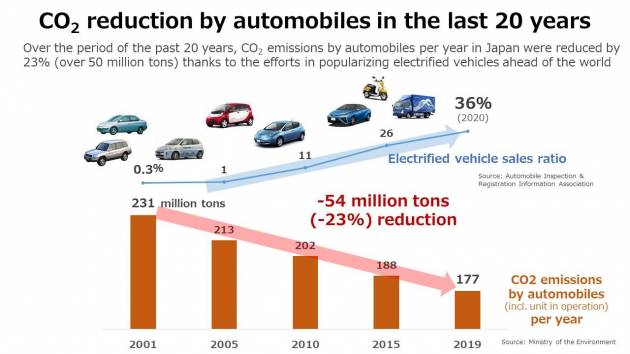
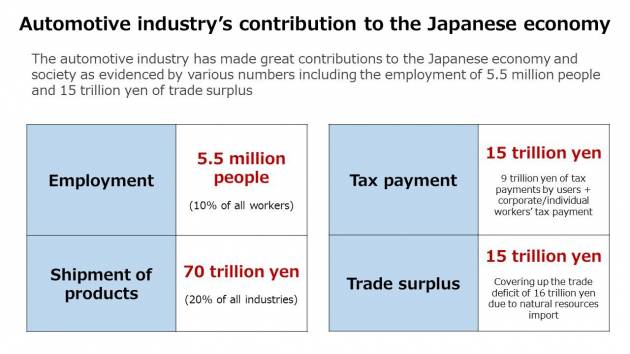
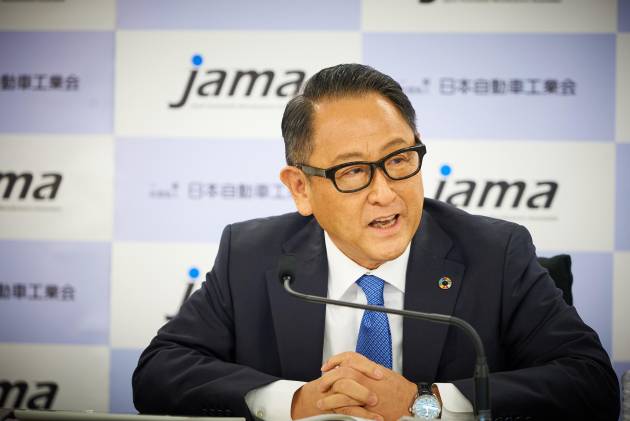
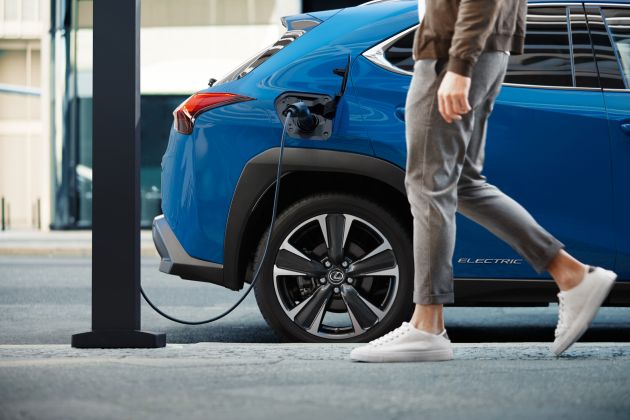
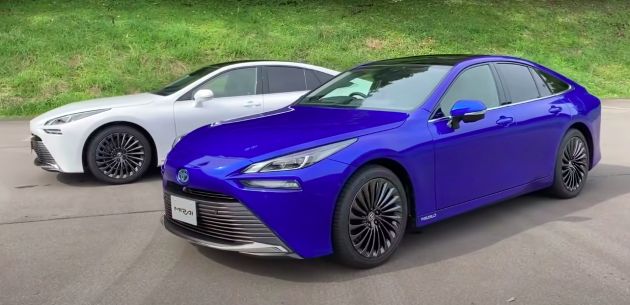
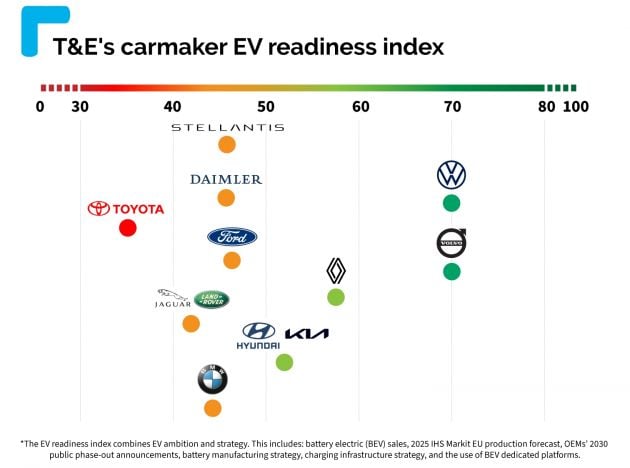
0 Comments